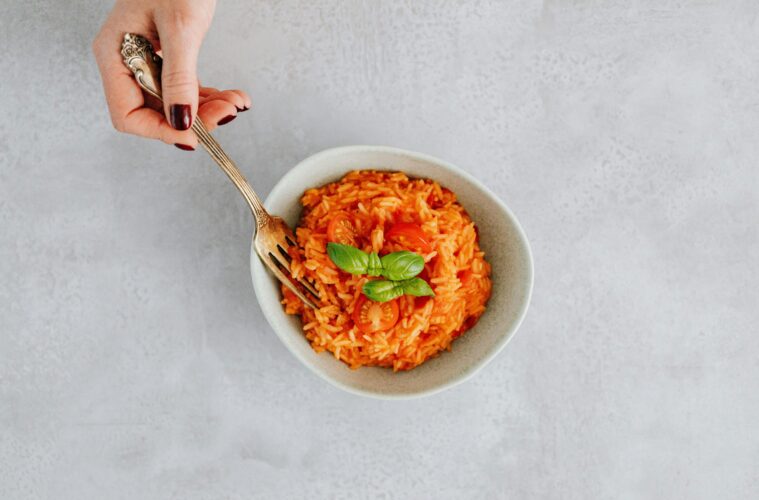Different types of pasta dishes are popular almost everywhere in the world. It’s often mass-produced and sold in large grocery stores. But in some places (especially places in Italy), the making of slow dried pasta is still an art form handed down through generations of Italian families.
Which is better?
Mass-produced pasta, of the kind widely (and cheaply) available at supermarkets, is almost always dried at high temperatures using microwave technology. This method is fast and economical, but this kind of pasta isn’t of high quality.
If you don’t enjoy supermarket pasta, you can conveniently buy slow dried pasta on Sweetalyfood.com or other online vendors.
Slow dried pasta is dried naturally, without using heat. The traditional way of drying it is to place the strands on bamboo rods and dry the pasta at a controlled temperature in special drying cellars. Natural drying usually takes about three days.
For instance, pasta lovers in and around Ontario can experience top-quality artisanal Italian pasta first-hand. Continental Noodles, the first fresh pasta shop in the Greater Toronto Area, is owned by an Italian family. It’s the third generation and it has been serving fresh pasta since 1967. Only traditional methods are used to make the pasta, and fresh pasta is made every day.
Making Pasta
However, making fresh pasta and then using it in a dish is too much trouble for everyday home cooking. So, most people use dry pasta. However, not all dried pasta is created equal: cheaper and more expensive forms are available at both specialist outlets and normal supermarkets.
One of the things that affects the quality (and price) is which manufacturing processes are used to make it.
The process of making dry pasta has three main steps: mixing, extrusion, and drying.
First, the flour is mixed with the water. Most mixing machines mix the dough in a vacuum since oxygen can create lumps. The amount of water added to the flour and the ideal temperature for the water varies, depending on which pasta shape the dough will be used for and which ingredients are used.
Long shapes, like spaghetti, should contain less moisture. Otherwise, the pasta will stretch out of shape while drying. For short shapes, the texture of the dough can be more moist.
Once the ingredients have been mixed, the next step in the process is extrusion. In this step, the dough is mechanically squeezed through a mold and cut into different sizes and shapes.
Finally, it goes through a drying process. Whether the drying is slow or fast, ensuring that the pasta is properly dried is essential to prevent the formation of mold during storage.
Final Thoughts
The main advantage of slow dried pasta is that it cooks more quickly. Since it retains more moisture, it’s normally also more tender than commercial pasta once it’s been cooked. Plus, it also retains more flavor. Although commercially dried pasta also has its place, slow dried pasta is the first choice of every real connoisseur.
Published by HOLR Magazine.


